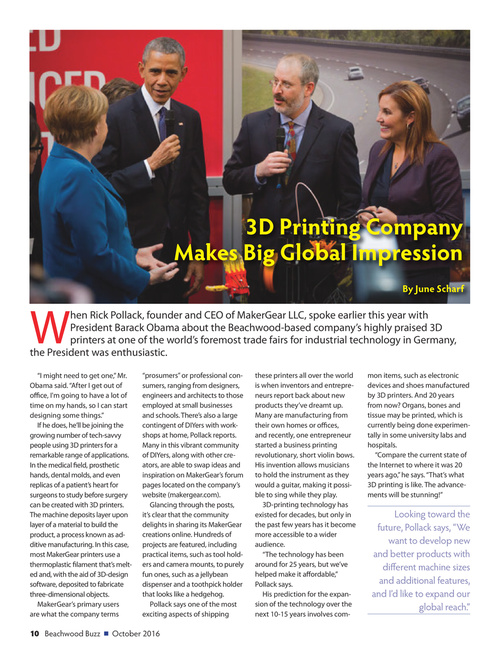- Page 1
- Page 2
- Page 3
- Page 4
- Page 5
- Page 6
- Page 7
- Page 8
- Page 9
- Page 10
- Page 11
- Page 12
- Page 13
- Page 14
- Page 15
- Page 16
- Page 17
- Page 18
- Page 19
- Page 20
- Page 21
- Page 22
- Page 23
- Page 24
- Page 25
- Page 26
- Page 27
- Page 28
- Page 29
- Page 30
- Page 31
- Page 32
- Page 33
- Page 34
- Page 35
- Page 36
- Page 37
- Page 38
- Page 39
- Page 40
- Page 41
- Page 42
- Page 43
- Page 44
- Page 45
- Page 46
- Page 47
- Page 48
- Page 49
- Page 50
- Page 51
- Page 52
- Page 53
- Page 54
- Page 55
- Page 56
- Flash version
© UniFlip.com
- Page 2
- Page 3
- Page 4
- Page 5
- Page 6
- Page 7
- Page 8
- Page 9
- Page 10
- Page 11
- Page 12
- Page 13
- Page 14
- Page 15
- Page 16
- Page 17
- Page 18
- Page 19
- Page 20
- Page 21
- Page 22
- Page 23
- Page 24
- Page 25
- Page 26
- Page 27
- Page 28
- Page 29
- Page 30
- Page 31
- Page 32
- Page 33
- Page 34
- Page 35
- Page 36
- Page 37
- Page 38
- Page 39
- Page 40
- Page 41
- Page 42
- Page 43
- Page 44
- Page 45
- Page 46
- Page 47
- Page 48
- Page 49
- Page 50
- Page 51
- Page 52
- Page 53
- Page 54
- Page 55
- Page 56
- Flash version
© UniFlip.com

3D Printing Company Makes Big Global Impression
By June Scharf
hen Rick Pollack, founder and CEO of MakerGear LLC, spoke earlier this year with President Barack Obama about the Beachwood-based company’s highly praised 3D printers at one of the world’s foremost trade fairs for industrial technology in Germany, the President was enthusiastic.
“I might need to get one,” Mr. Obama said. “After I get out of office, I'm going to have a lot of time on my hands, so I can start designing some things.” If he does, he’ll be joining the growing number of tech-savvy people using 3D printers for a remarkable range of applications. In the medical field, prosthetic hands, dental molds, and even replicas of a patient’s heart for surgeons to study before surgery can be created with 3D printers. The machine deposits layer upon layer of a material to build the product, a process known as additive manufacturing. In this case, most MakerGear printers use a thermoplastic filament that’s melted and, with the aid of 3D-design software, deposited to fabricate three-dimensional objects. MakerGear’s primary users are what the company terms “prosumers” or professional consumers, ranging from designers, engineers and architects to those employed at small businesses and schools. There’s also a large contingent of DIYers with workshops at home, Pollack reports. Many in this vibrant community of DIYers, along with other creators, are able to swap ideas and inspiration on MakerGear’s forum pages located on the company’s website (makergear.com). Glancing through the posts, it’s clear that the community delights in sharing its MakerGear creations online. Hundreds of projects are featured, including practical items, such as tool holders and camera mounts, to purely fun ones, such as a jellybean dispenser and a toothpick holder that looks like a hedgehog. Pollack says one of the most exciting aspects of shipping these printers all over the world is when inventors and entrepreneurs report back about new products they’ve dreamt up. Many are manufacturing from their own homes or offices, and recently, one entrepreneur started a business printing revolutionary, short violin bows. His invention allows musicians to hold the instrument as they would a guitar, making it possible to sing while they play. 3D-printing technology has existed for decades, but only in the past few years has it become more accessible to a wider audience. “The technology has been around for 25 years, but we’ve helped make it affordable,” Pollack says. His prediction for the expansion of the technology over the next 10-15 years involves common items, such as electronic devices and shoes manufactured by 3D printers. And 20 years from now? Organs, bones and tissue may be printed, which is currently being done experimentally in some university labs and hospitals. “Compare the current state of the Internet to where it was 20 years ago,” he says. “That’s what 3D printing is like. The advancements will be stunning!”
W
Looking toward the future, Pollack says, “We want to develop new and better products with different machine sizes and additional features, and I’d like to expand our global reach.”
10 Beachwood Buzz n October 2016